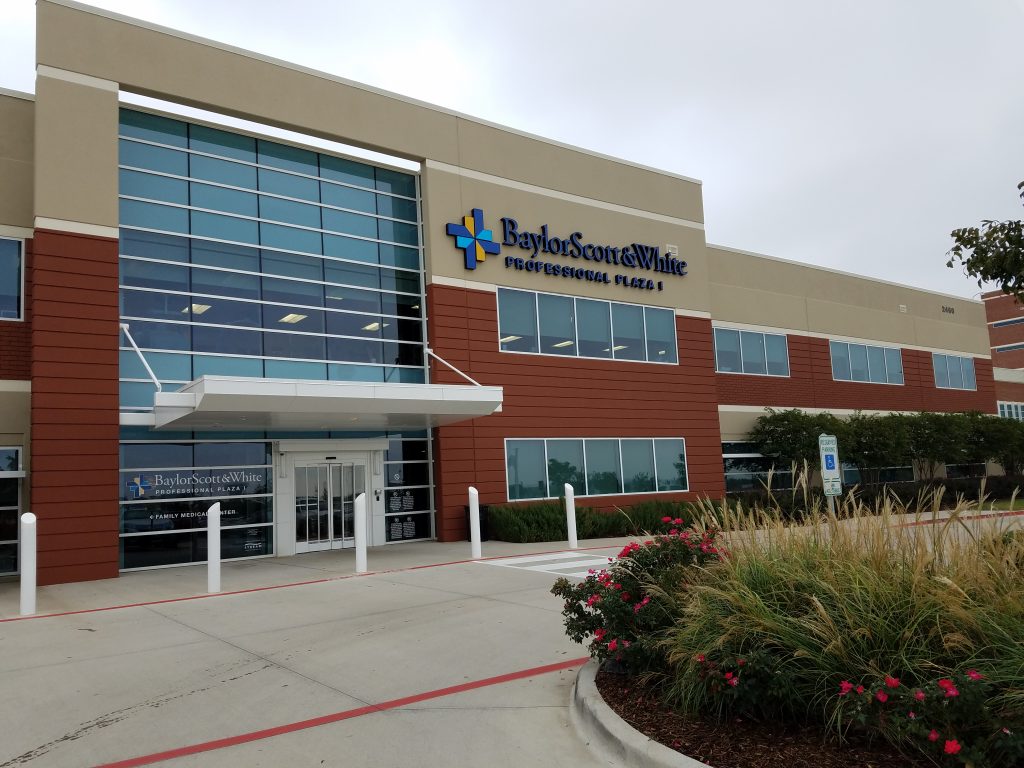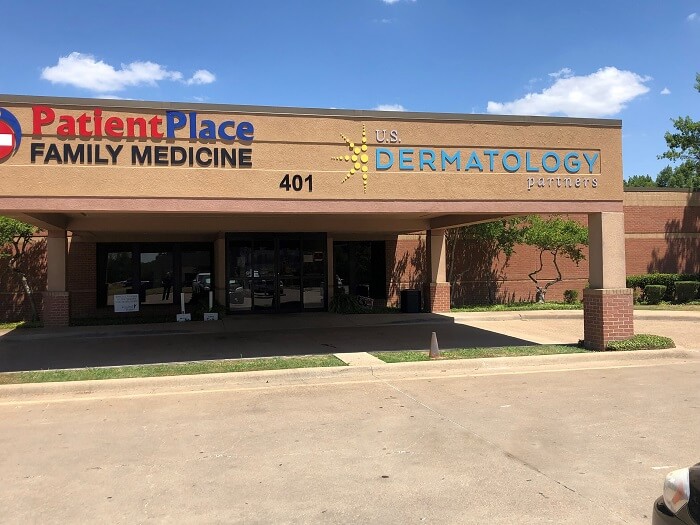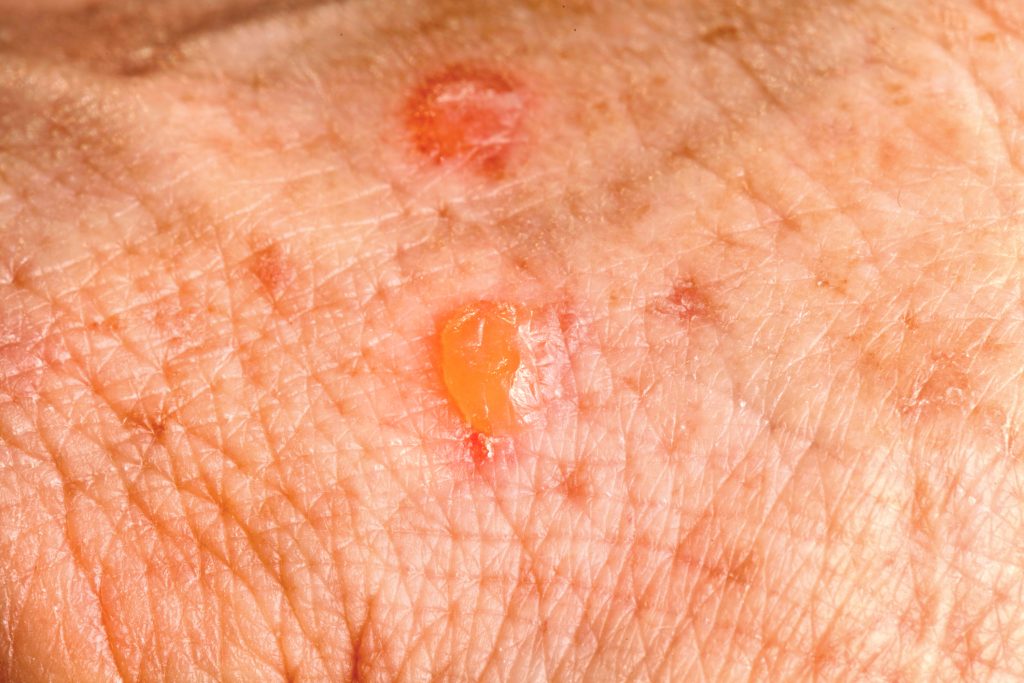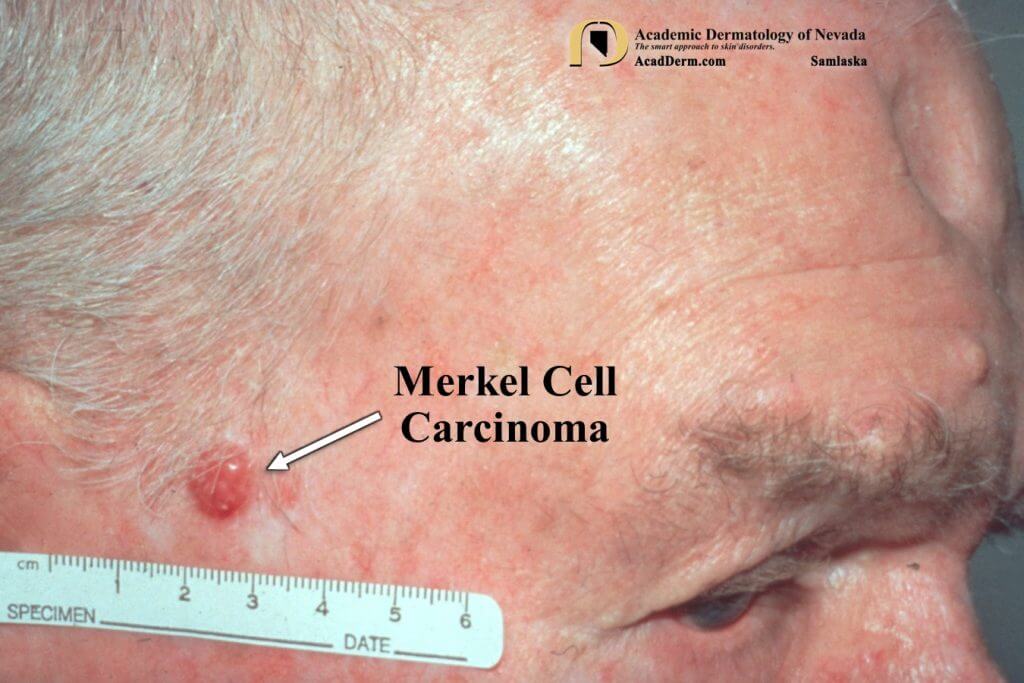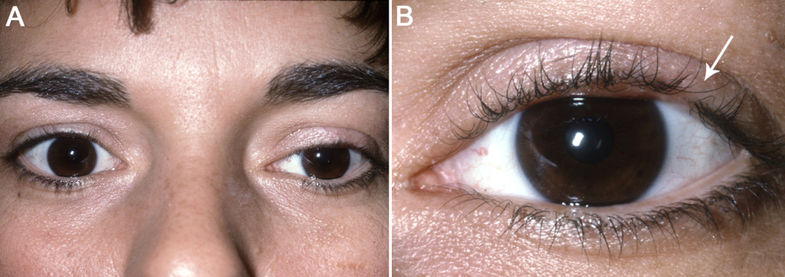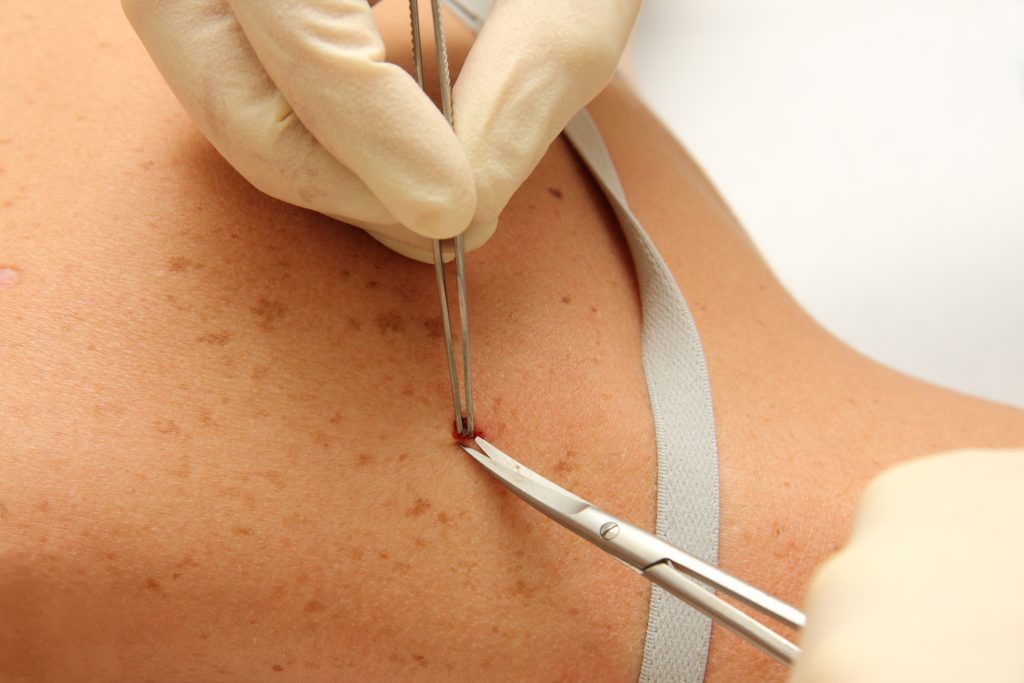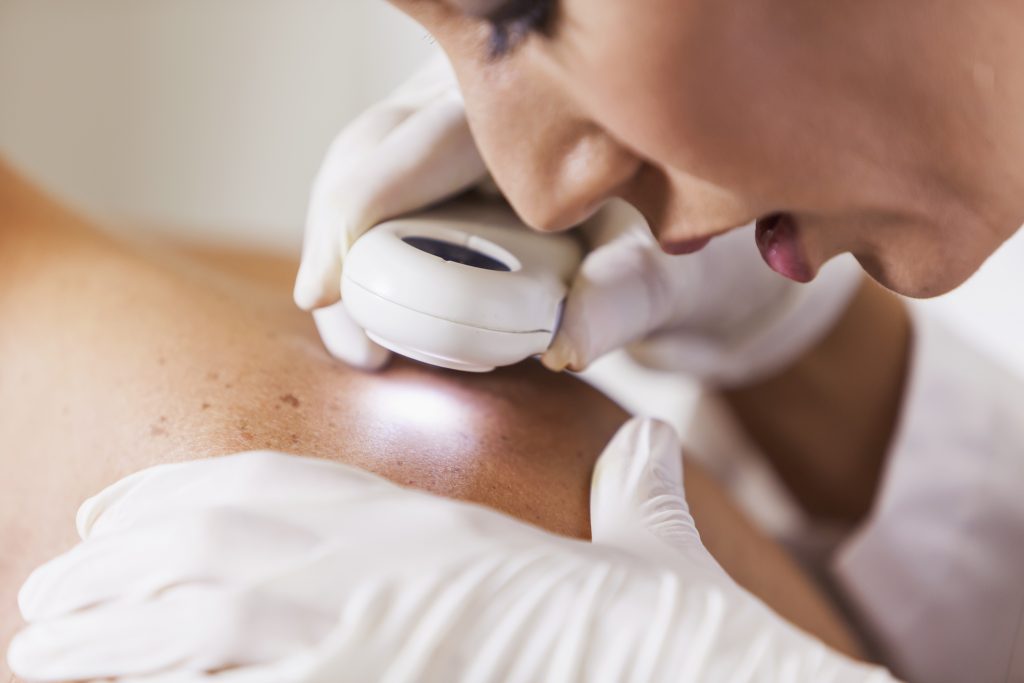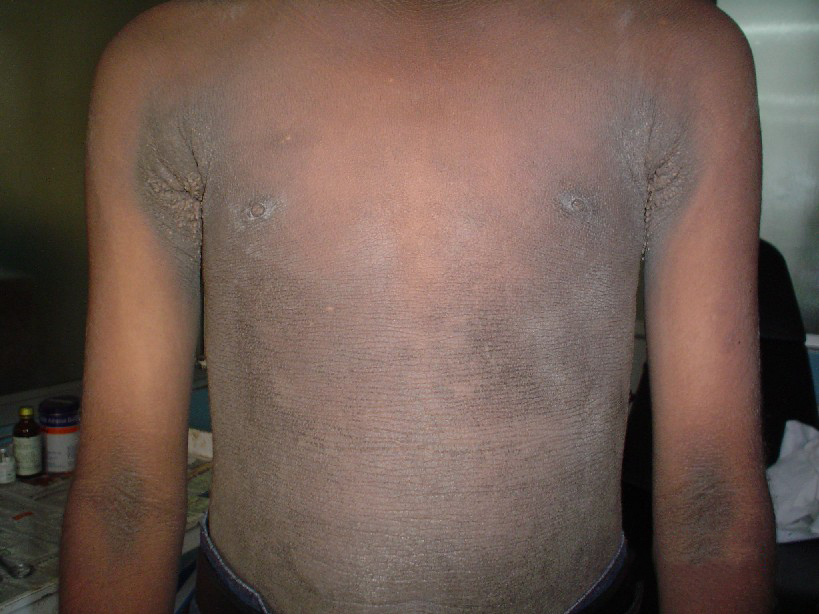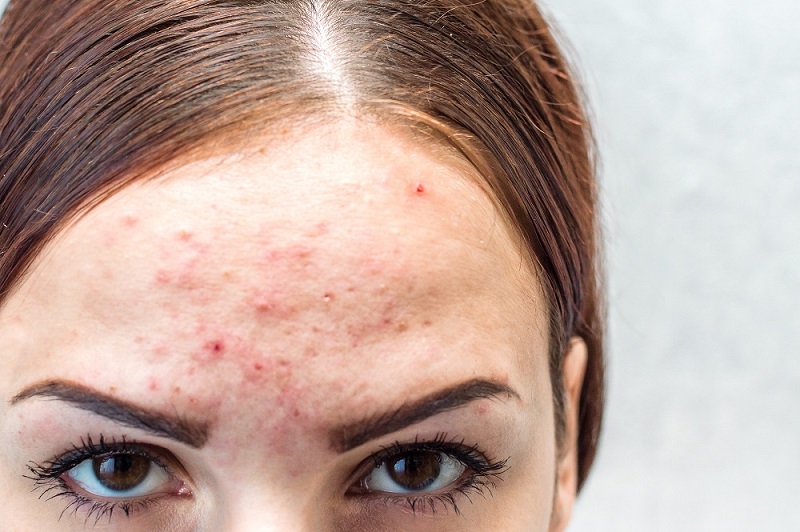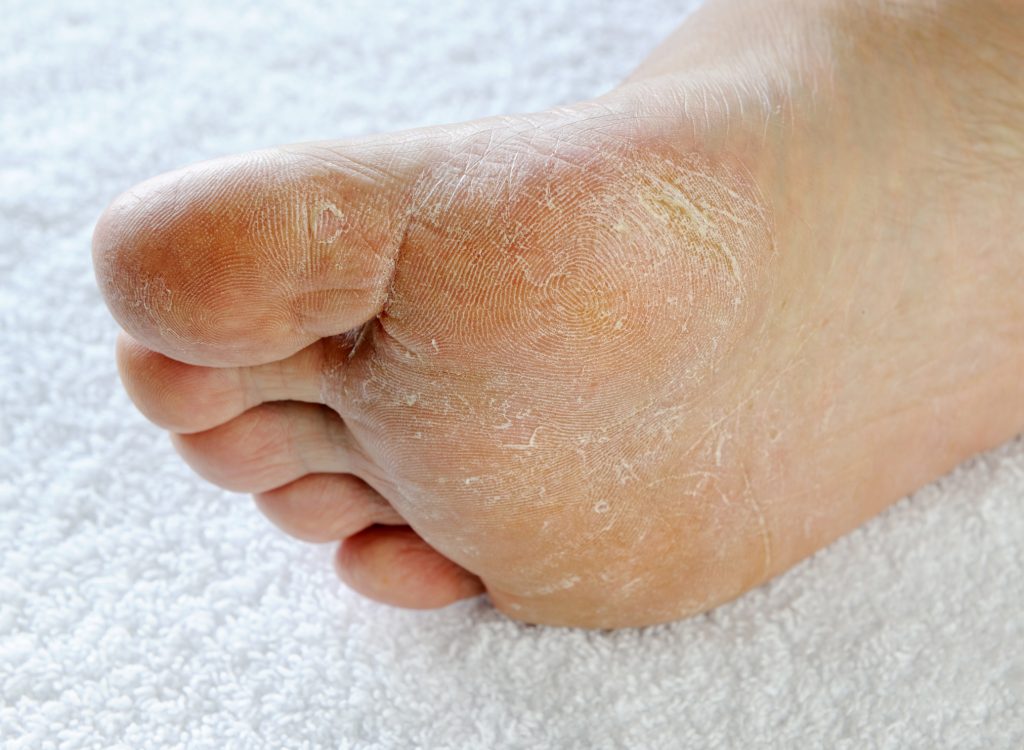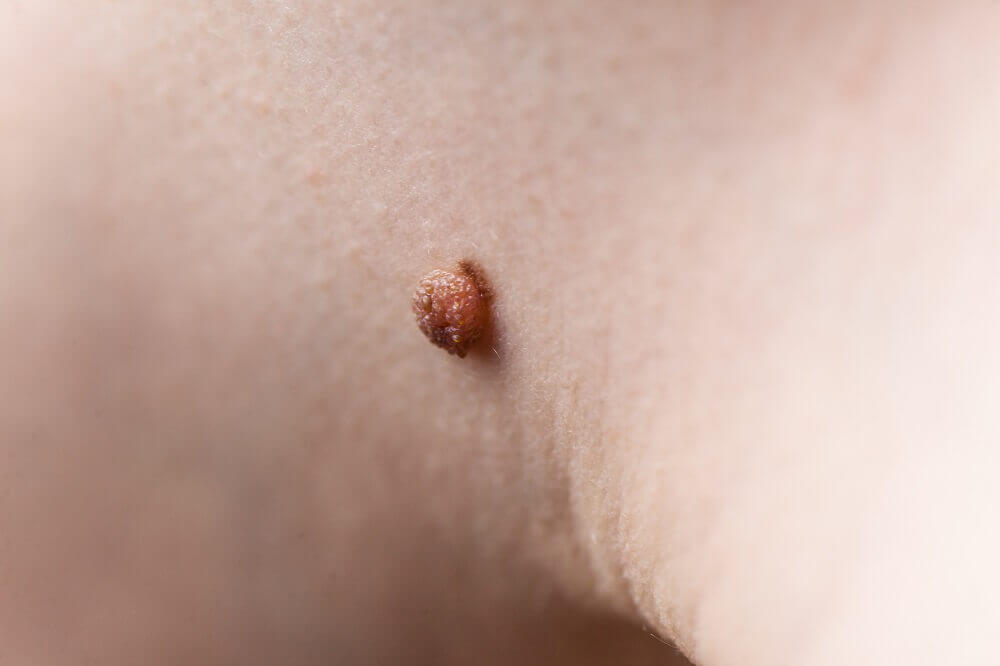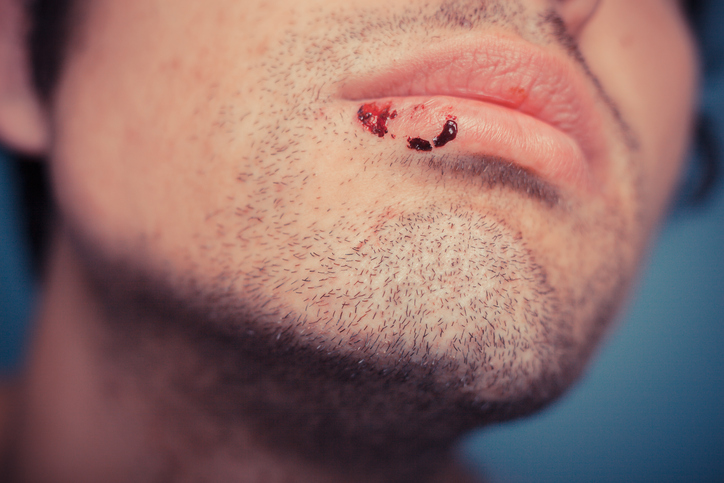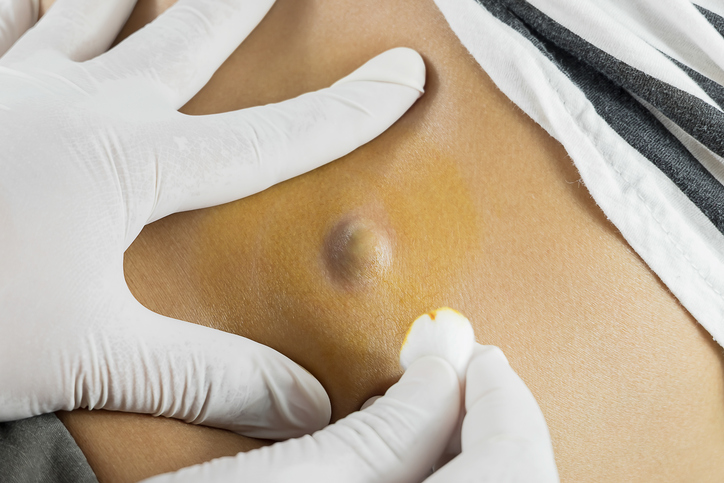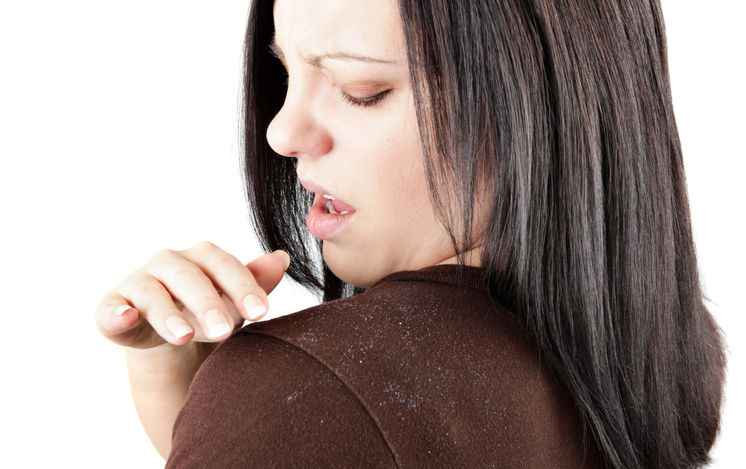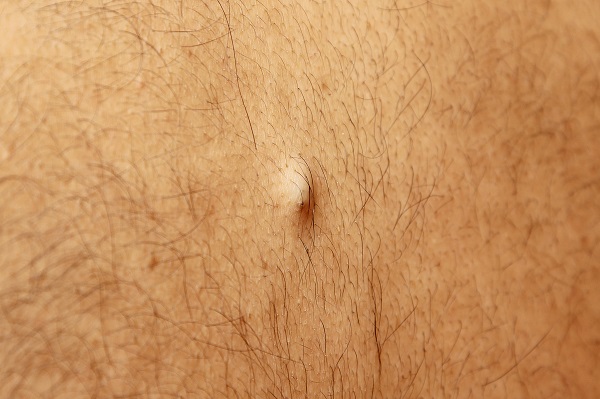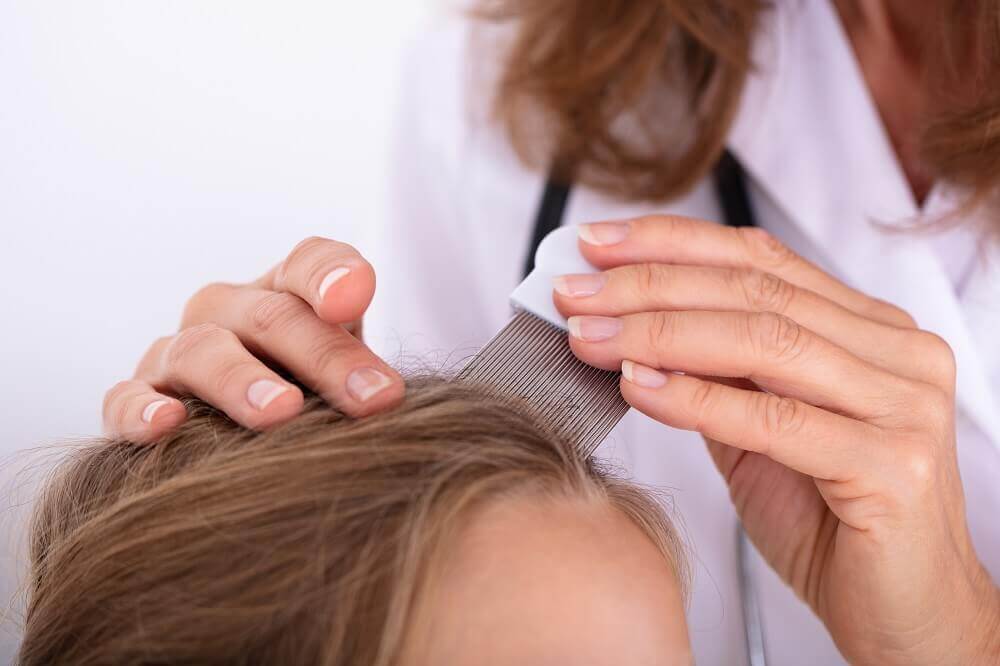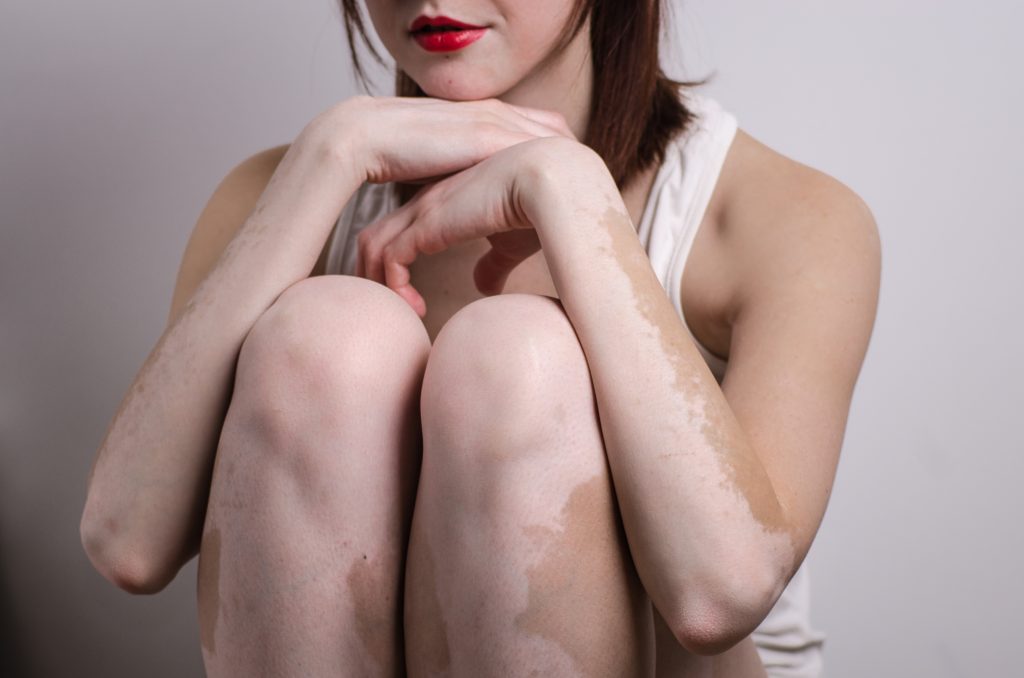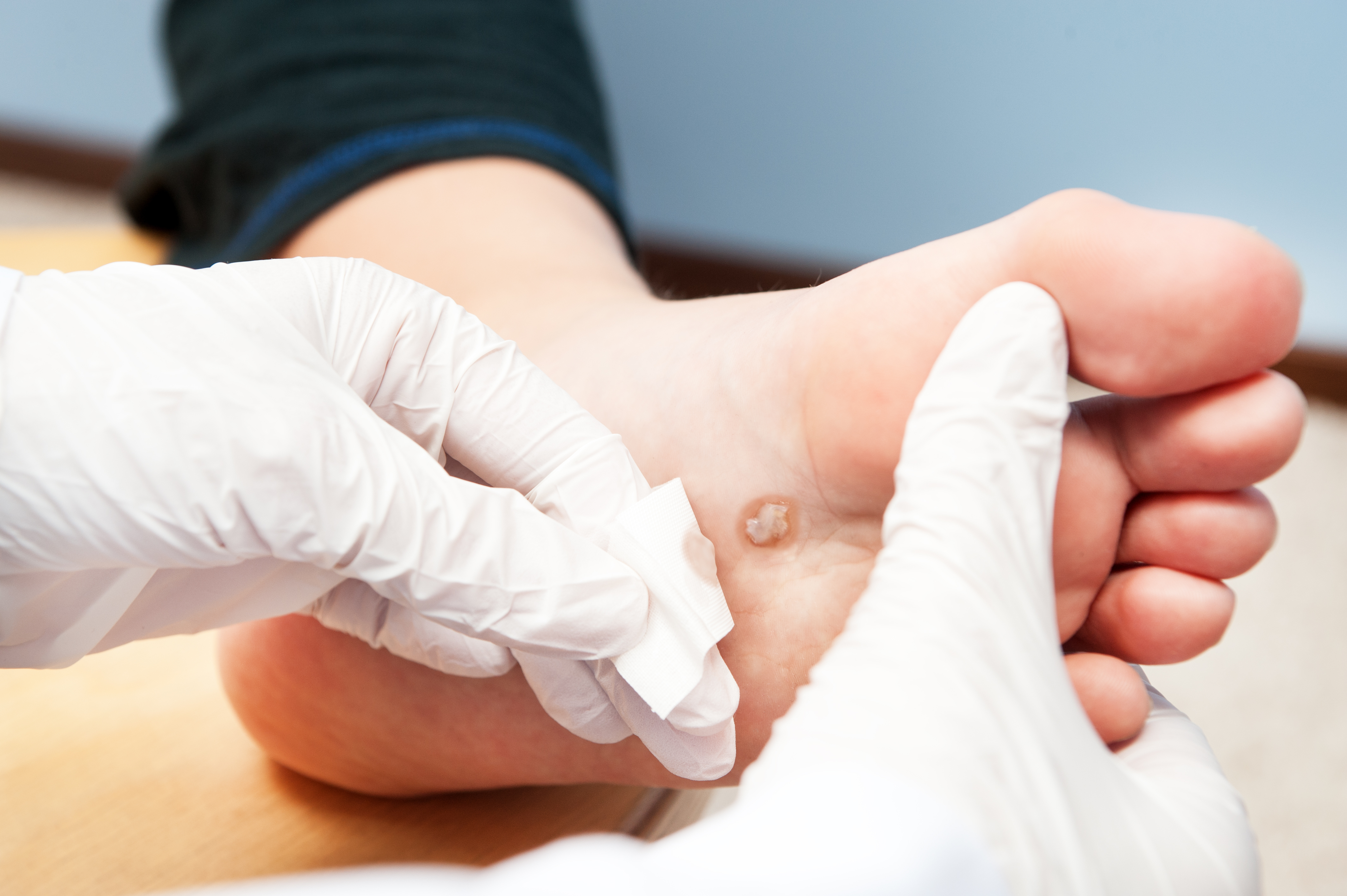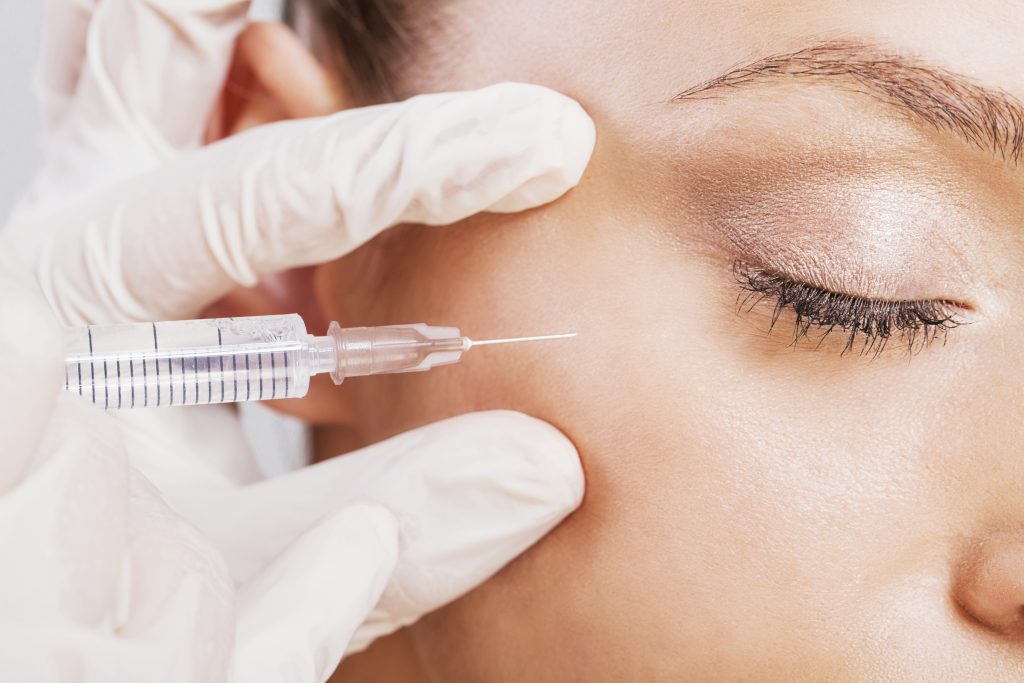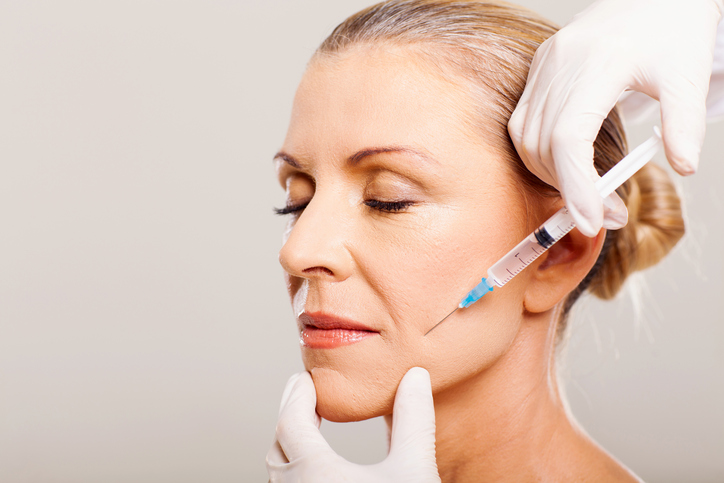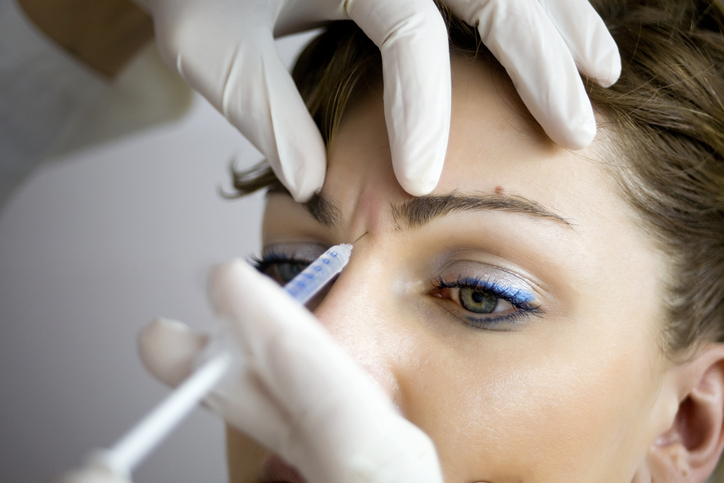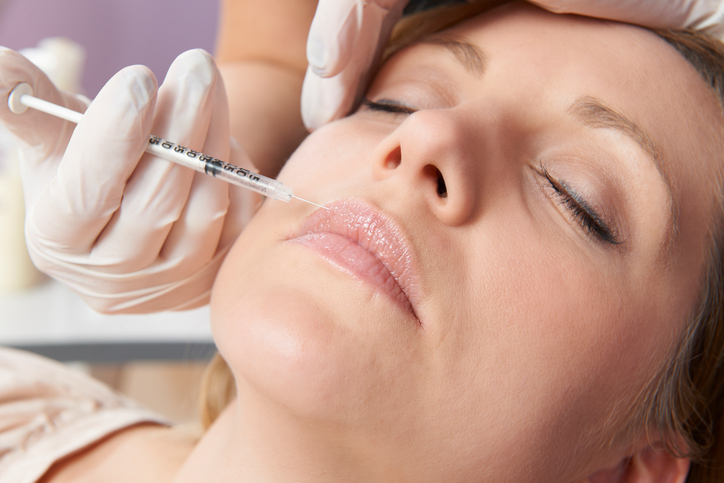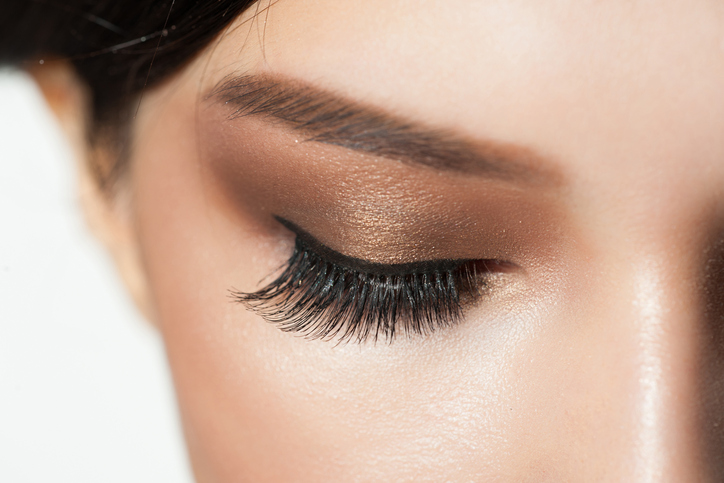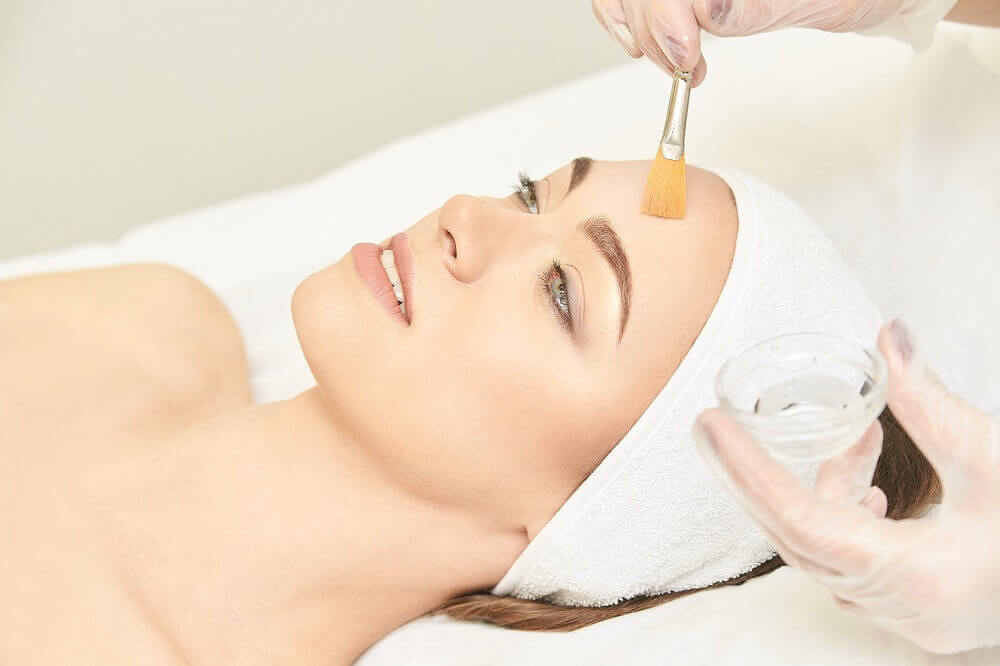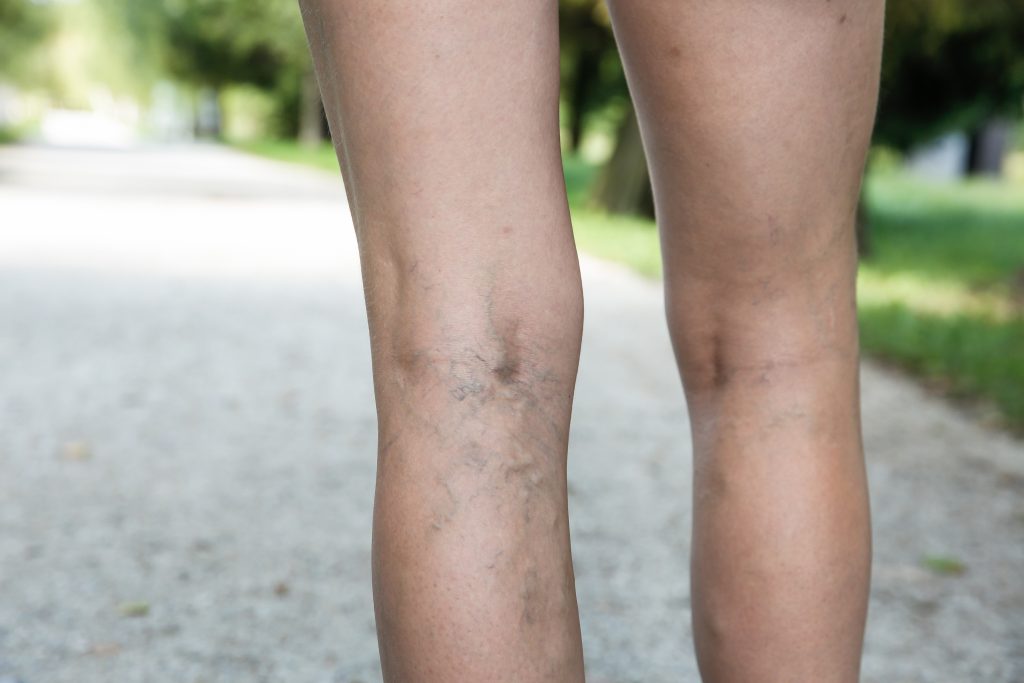Joleen Volz grew up in Upstate New York and moved to North Carolina in 1997, where she received her Bachelor of Physician Assistant Studies from East Carolina University in 2003. Following her undergraduate work, she began work as a dermatology physician assistant in Wilmington, North Carolina, at Lower Cape Fear Dermatology Clinic, PA. During this time she continued to further her education and received a Masters of Physician Assistant Studies of Dermatology in 2006. In 2009, she moved to Texas to further her career with U.S. Dermatology Partners.
She is certified by The National Commission on Certification of Physician Assistants and is licensed by the Texas Medical Board. She keeps up her medical education and remains up to date on all new advances in dermatology. Most recently, she completed a rigorous comprehensive dermatology course to become an SDPA Diplomate.
Outside of dermatology, Joleen Volz enjoys spending time with her husband, Matt, and two daughters, Alyssa and McKenzi.
Joleen Volz treats patients at U.S. Dermatology Partners Waxahachie and U.S. Dermatology Partners Corsicana, formerly Medical Arts Dermatology, in Waxahachie and Corsicana, Texas.
Specialties and Affiliations
- NCAPA – Coastal Cape Fear Chapter Former President
- Society of Dermatology Physician Assistants
- Constituent Relations Committee Chair
- Secretary / Treasurer
- Board Member of the Year, 2012
- Diplomate
- American Academy of Physician Assistants
- Texas Academy of Physician Assistants
- Dallas-Fort Worth Dermatology Physician Assistant Society


